Preface
Introduction
What is a distributed system?
Characteristic 1: Collection of autonomous computing elements
Characteristic 2: Single coherent system
Middleware and distributed systems
Design goals
Supporting resource sharing
Making distribution transparent
Being open
Being scalable
Pitfalls
Types of distributed systems
High performance distributed computing
Distributed information systems
Pervasive systems
Summary
Architectures
Architectural styles
Layered architectures
Object-based and service-oriented architectures
Resource-based architectures
Publish-subscribe architectures
Middleware organization
Wrappers
Interceptors
Modifiable middleware
System architecture
Centralized organizations
Decentralized organizations: peer-to-peer systems
Hybrid Architectures
Example architectures
The Network File System
The Web
Summary
Processes
Threads
Introduction to threads
Threads in distributed systems
Virtualization
Principle of virtualization
Application of virtual machines to distributed systems
Clients
Networked user interfaces
Client-side software for distribution transparency
Servers
General design issues
Object servers
Example: The Apache Web server
Server clusters
Code migration
Reasons for migrating code
Migration in heterogeneous systems
Summary
Communication
Foundations
Layered Protocols
Types of Communication
Remote procedure call
Basic RPC operation
Parameter passing
RPC-based application support
Variations on RPC
Example: DCE RPC
Message-oriented communication
Simple transient messaging with sockets
Advanced transient messaging
Message-oriented persistent communication
Example: IBM's WebSphere message-queuing system
Example: Advanced Message Queuing Protocol (AMQP)
Multicast communication
Application-level tree-based multicasting
Flooding-based multicasting
Gossip-based data dissemination
Summary
Naming
Names, identifiers, and addresses
Flat naming
Simple solutions
Home-based approaches
Distributed hash tables
Hierarchical approaches
Structured naming
Name spaces
Name resolution
The implementation of a name space
Example: The Domain Name System
Example: The Network File System
Attribute-based naming
Directory services
Hierarchical implementations: LDAP
Decentralized implementations
Summary
Coordination
Clock synchronization
Physical clocks
Clock synchronization algorithms
Logical clocks
Lamport's logical clocks
Vector clocks
Mutual exclusion
Overview
A centralized algorithm
A distributed algorithm
A token-ring algorithm
A decentralized algorithm
Election algorithms
The bully algorithm
A ring algorithm
Elections in wireless environments
Elections in large-scale systems
Location systems
GPS: Global Positioning System
When GPS is not an option
Logical positioning of nodes
Distributed event matching
Centralized implementations
Gossip-based coordination
Aggregation
A peer-sampling service
Gossip-based overlay construction
Summary
Consistency and replication
Introduction
Reasons for replication
Replication as scaling technique
Data-centric consistency models
Continuous consistency
Consistent ordering of operations
Eventual consistency
Client-centric consistency models
Monotonic reads
Monotonic writes
Read your writes
Writes follow reads
Replica management
Finding the best server location
Content replication and placement
Content distribution
Managing replicated objects
Consistency protocols
Continuous consistency
Primary-based protocols
Replicated-write protocols
Cache-coherence protocols
Implementing client-centric consistency
Example: Caching and replication in the Web
Summary
Fault tolerance
Introduction to fault tolerance
Basic concepts
Failure models
Failure masking by redundancy
Process resilience
Resilience by process groups
Failure masking and replication
Consensus in faulty systems with crash failures
Example: Paxos
Consensus in faulty systems with arbitrary failures
Some limitations on realizing fault tolerance
Failure detection
Reliable client-server communication
Point-to-point communication
RPC semantics in the presence of failures
Reliable group communication
Atomic multicast
Distributed commit
Recovery
Introduction
Checkpointing
Message logging
Recovery-oriented computing
Summary
Security
Introduction to security
Security threats, policies, and mechanisms
Design issues
Cryptography
Secure channels
Authentication
Message integrity and confidentiality
Secure group communication
Example: Kerberos
Access control
General issues in access control
Firewalls
Secure mobile code
Denial of service
Secure naming
Security management
Key management
Secure group management
Authorization management
Summary
Bibliography
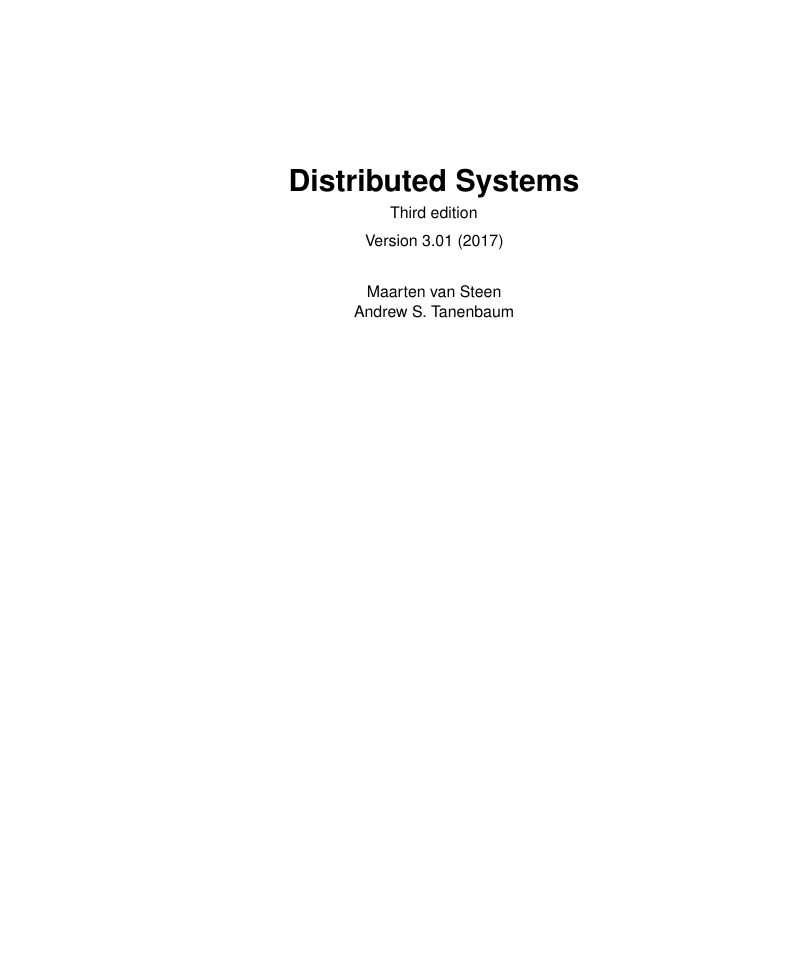

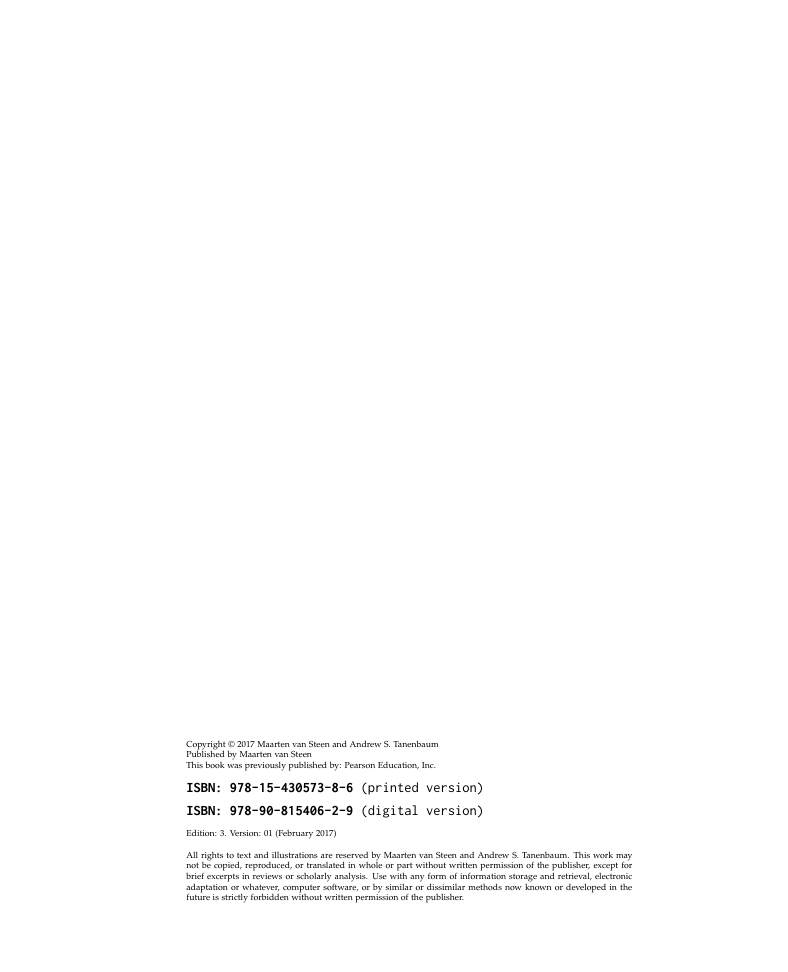

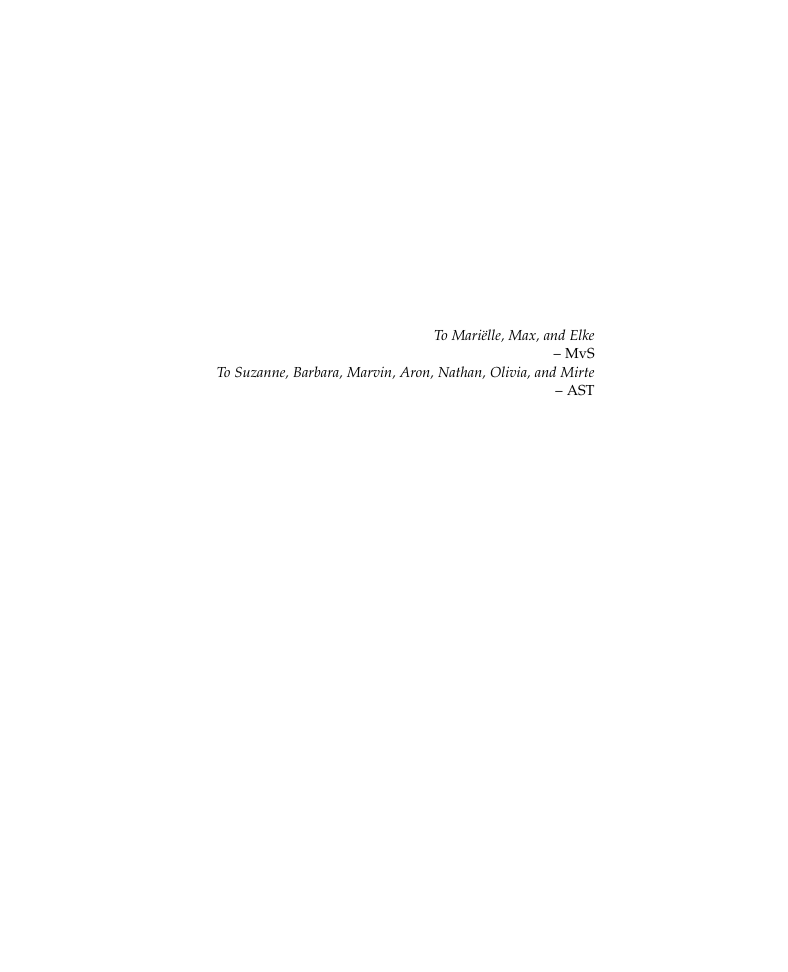

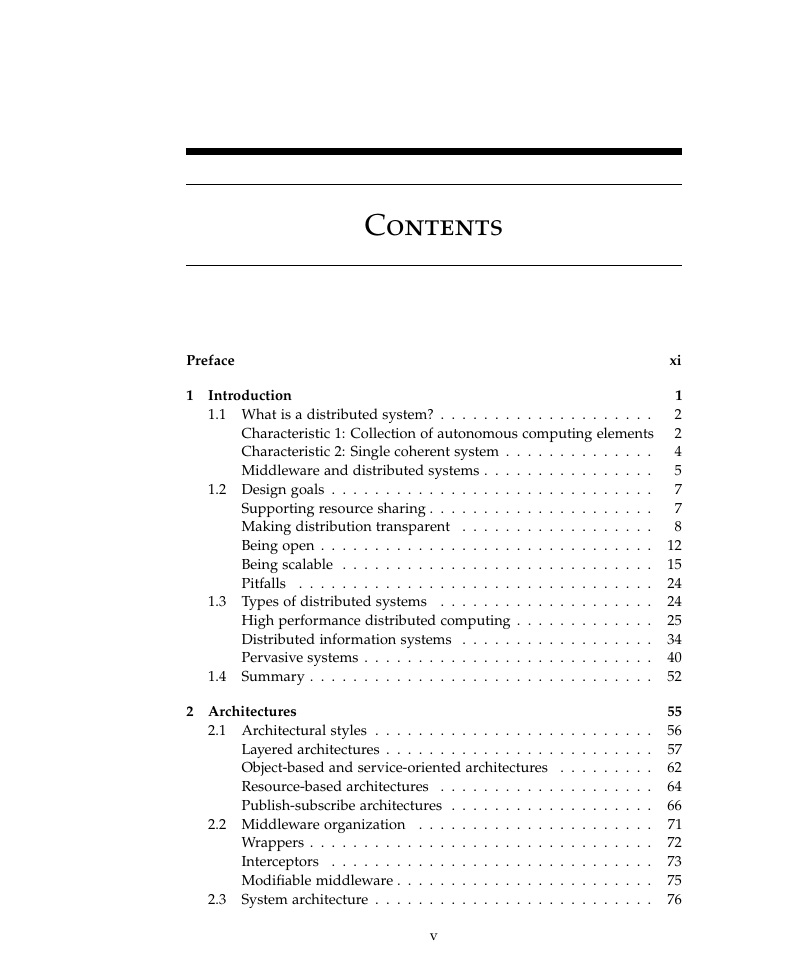
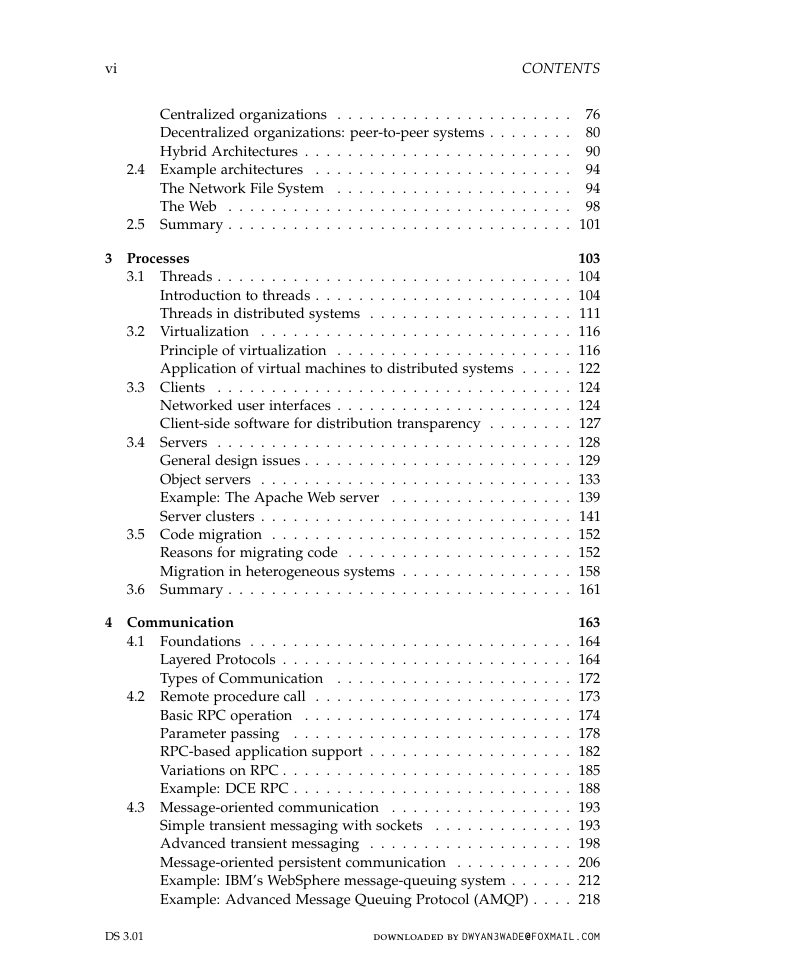








 2023年江西萍乡中考道德与法治真题及答案.doc
2023年江西萍乡中考道德与法治真题及答案.doc 2012年重庆南川中考生物真题及答案.doc
2012年重庆南川中考生物真题及答案.doc 2013年江西师范大学地理学综合及文艺理论基础考研真题.doc
2013年江西师范大学地理学综合及文艺理论基础考研真题.doc 2020年四川甘孜小升初语文真题及答案I卷.doc
2020年四川甘孜小升初语文真题及答案I卷.doc 2020年注册岩土工程师专业基础考试真题及答案.doc
2020年注册岩土工程师专业基础考试真题及答案.doc 2023-2024学年福建省厦门市九年级上学期数学月考试题及答案.doc
2023-2024学年福建省厦门市九年级上学期数学月考试题及答案.doc 2021-2022学年辽宁省沈阳市大东区九年级上学期语文期末试题及答案.doc
2021-2022学年辽宁省沈阳市大东区九年级上学期语文期末试题及答案.doc 2022-2023学年北京东城区初三第一学期物理期末试卷及答案.doc
2022-2023学年北京东城区初三第一学期物理期末试卷及答案.doc 2018上半年江西教师资格初中地理学科知识与教学能力真题及答案.doc
2018上半年江西教师资格初中地理学科知识与教学能力真题及答案.doc 2012年河北国家公务员申论考试真题及答案-省级.doc
2012年河北国家公务员申论考试真题及答案-省级.doc 2020-2021学年江苏省扬州市江都区邵樊片九年级上学期数学第一次质量检测试题及答案.doc
2020-2021学年江苏省扬州市江都区邵樊片九年级上学期数学第一次质量检测试题及答案.doc 2022下半年黑龙江教师资格证中学综合素质真题及答案.doc
2022下半年黑龙江教师资格证中学综合素质真题及答案.doc